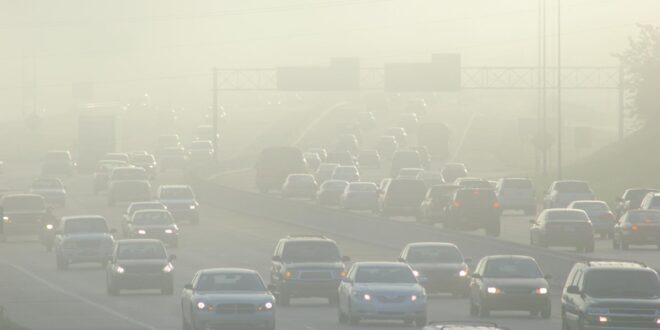Particle pollution is the presence of microscopic molecules in the air, either liquid or solid. Particulate matter, or PM2.5, refers to matter smaller than 2.5 microns, with about 25,000 microns in an inch.
Fine particles can be generated by both artificial and natural agents, such as volcanic eruptions, heavy industry, fires, and vehicles. However, reducing air pollution caused by fine particles is challenging since they can traverse considerable distances through the wind. Therefore, there is no definitive solution to reduce air pollution by fine particles.
Causes of PM2.5 Pollution
A variety of factors lead to PM2.5 pollution. They can be human factors caused by manufacturing and naturally occurring activities. Here are some causes of fine particle pollution!
Transportation
The fumes created as exhaust from combustion engines are among the significant factors that cause particle pollution. Cars, trucks, and other modes of transport that use engines produce fumes with a high number of PM2.5 particles. Heavy fuel engines, particularly, significantly contribute to particle pollution.
Industries and Power Plants
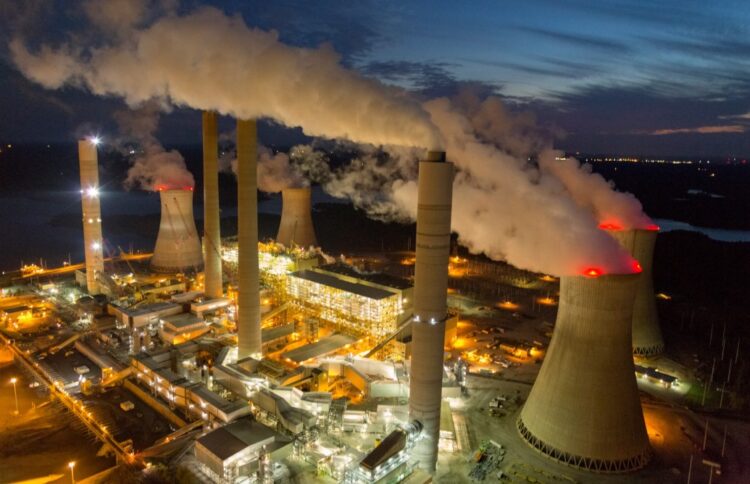
The energy demands to run many factories and power plants come from fossil fuels. Heavy fuel combustion releases particles containing PM2.5 into the air. These artificial creations to increase efficiency and productivity are among the highest contributors to particle pollution.
Power generation devours a lot of heavy fuel, such as coal and diesel, producing heavy fumes after combustion. As the primary energy sources for many countries around the globe, the smoke and gases produced as exhaust carry a significant number of PM2.5 particles into the atmosphere.
Agricultural Techniques
In many countries that depend on agriculture, burning remains the first method to cleanse the land of dried leaves and grass before tilling occurs, producing a lot of smoke. Spraying fertilizers from planes, massive industrial machines, or overhead pipes spread on large fields mixes the liquid with the air before it reaches the plants.
These methods cause a lot of PM2.5 particles contained in the organic and inorganic matter to be introduced into the air. Turning the soil while it is also dry causes dust and PM2.5 particles to be carried away by the wind and constitutes atmospheric waste.
Natural Factors
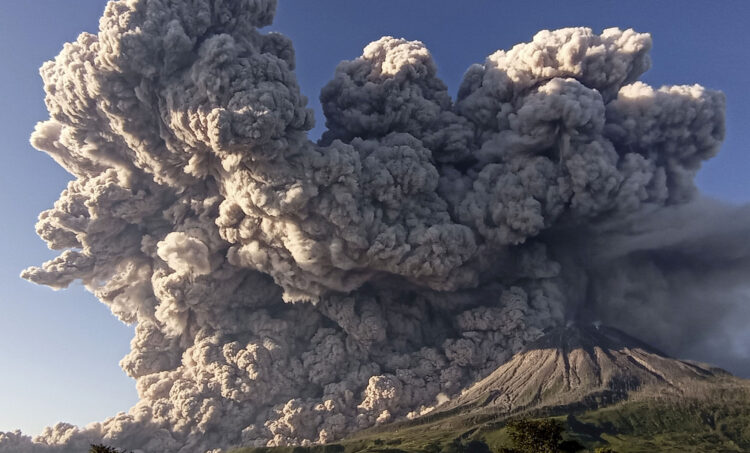
Other than artificial ways of introducing fine particles into the atmosphere, there are equally naturally occurring instances of pollution. Most wildfires are due to human error, but the small percentage that occurs naturally due to climate change causes vast amounts of land and organic matter to catch fire and create large amounts of smoke containing fine pieces.
Dust storms in many dry and desert regions also contribute to fine particle pollution. The storms cover significant areas and travel vast distances reaching thousands of feet high in the atmosphere.
Volcanic eruptions have also significantly contributed to particle pollution in regions without dust storms. The volcanic ash is carried by winds closer to the earth’s surface and atmospheric winds higher in the air and can cover distances across oceans and subcontinents. Spreading the pollution to even further frontiers than the volcanic eruption could reach.
Domestic Causes
Closer to home, the lifestyle many city and rural dwellers are accustomed to contributes to particle contamination inside our houses. Cooking, heating, and cleaning are some activities that contribute to fine particle pollution in the air. Burning of wood, coal, and fossils in rural areas causes more than carbon emissions and atmospheric pollution.
Impact of Fine Particle Pollution
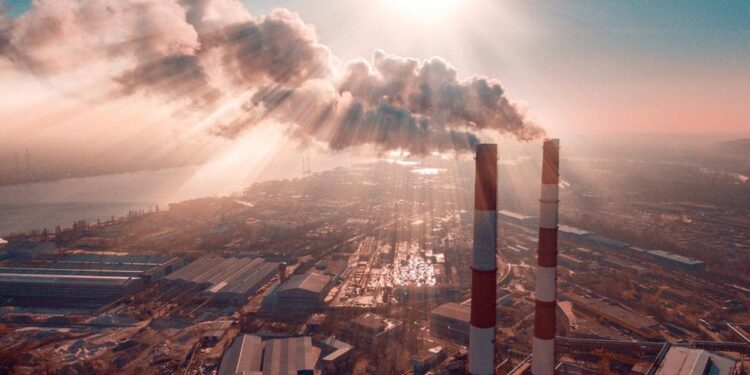
Increased fine particle accumulation in the air and atmosphere around us has a major side effect on our lives. Pollution affects light distribution as PM2.5 is extremely good at scattering and absorbing light. Reduced visibility during the day and artificial light at night in urban and rural areas affect transportation and the quality of life.
Climate change has been and will be in conversations for every government. PM2.5 particles absorb the energy from sunlight, increasing the heat retained in the atmosphere. The greenhouse effect of carbon gasses is amplified by fine particles affecting weather patterns such as cloud formation, a direct link to rain and weather patterns. The earth is crucially dependent on water, and our reliant ecosystems require water for producing food and drinking. The impact on climate is far more severe, with more prolonged droughts, less rain, and higher temperatures becoming increasingly prevalent.
Dust molecules in the air settle on any surface they land on when the wind calms down, and hence do PM2.5 particles. Fine particles can be deposited on plant surfaces, reducing the leaves’ ability to synthesize sunlight. In this way, the plant can not grow. Reduction in crop yields and shrinking forests and ecosystems can all be attributed to pollution. Fine particles in the atmosphere equally contribute to acid rain that damages plant leaves, soil, and manufactured objects.
Dangers of PM2.5 Pollution
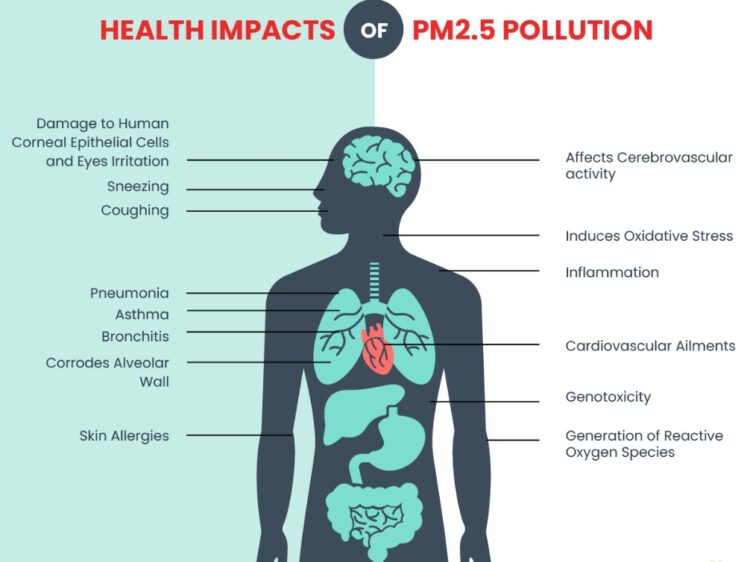
The risks caused by PM2.5 molecules in the air are immense. Our health is directly affected by the air we breathe. Fine particles in the air travel further and deeper into the lungs than dust specks. Irritation and inflammation become a side effect of the fine particles lodging deeper in the lungs, a precursor to respiratory-related problems such as bronchitis, pneumonia, and asthma. More prolonged exposure to PM2.5 has been linked to the growth of cancerous cells in affected organs, with Lung Cancer a common occurrence.
The fine particles can penetrate the blood vessels and travel to organs such as the heart and brain. Cardiovascular issues can arise from the build-up of PM2.5 particles. This build-up damages blood vessels increasing the risk of heart disease. Increased concentration of fine particles in the brain has been linked with neurological issues such as Alzheimer’s and Parkinson’s. Cognitive impairment is furthermore another side effect of fine Particle build-up.
Dealing with fine particle pollution is not simple, as some factors can not be corrected. Sustainable living reduces human contribution to particle pollution and energy consumption in our homes and uses better means of transport while finding and using better alternatives to PM2.5 contributors.
Promoting the usage of renewable energy in industries and transportation will significantly reduce PM2.5 pollution. Applying such measures to reduce the production of fine particles while using air filtration systems to minimize exposure indoors can reduce the effects of PM2.5 particle pollution.
 Hi Boox Popular Magazine 2025
Hi Boox Popular Magazine 2025
